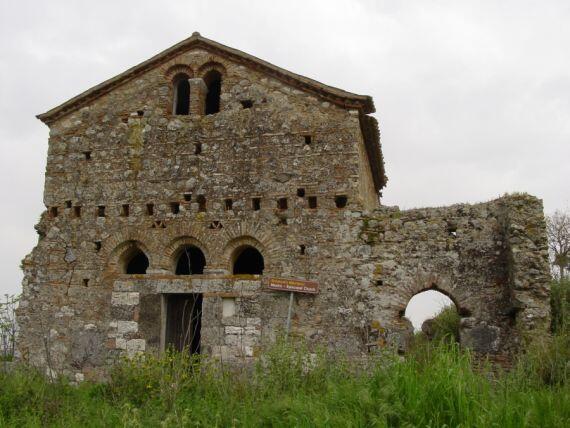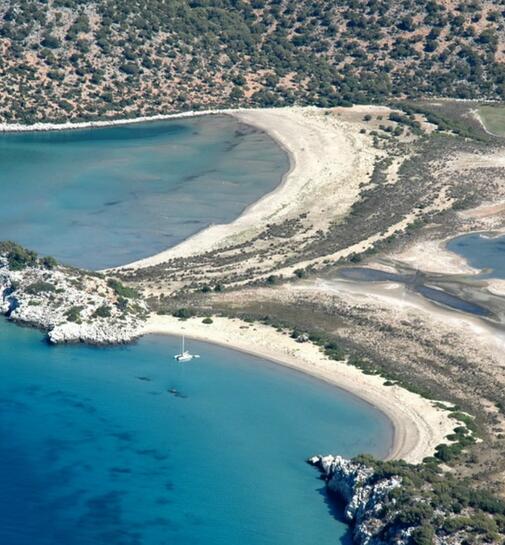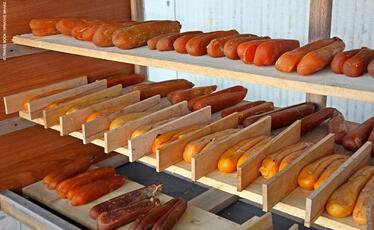Historic Temples
On the low hill north of the village of Mastros, over the valley of Acheloos, is the majestic Church of Episkopi, the greatest Byzantine monument of the area.
The church must have been the seat of the bishop of Acheloos, a city which flourished until the 14th century and was known from the sources, but its location has not been identified accurately. It was constructed in the 8th or the 9th century and is a rare example of a monument that is considered a link between the Early Christian basilicas and the basilicas of the Middle Byzantine period. In its initial form it was a three-aisled, wooden-roofed basilica with elevated the middle aisle, with three semi-circular arches and narthex. The aisles were divided by thick walls that had arched openings. Approximately in the end of the 19th century the church was limited to the central aisle and from the old basilica today only the foundations and parts of the side walls and the narthex survive. The walls of the church are built with uncarved stones and bricks connected with plaster, while on their lower parts large stones have been used, which probably came from the ruins of the nearby ancient city of Paeanios.
At its interior the church was decorated with wall paintings that date from the 12th-13th century and are attributed to a painter that came from a large artistic centre. At the conch of the altar area there is the Platytera (Virgin Mary) amidst archangels with imperial costumes holding an orb. There are also figures of priests and saints, while on a smaller scale a kneeling priest can be seen, who was probably the one who dedicated the church. The floor was covered with a mosaic, parts of which still survive at the central aisle and the altar area and has the characteristic decoration of the Early Christian Period, with geometrical shapes and shapes of plants.
The church is dedicated to the birth of Prodromos or to Agios Ioannis “Riganas”, as he is called in the area, since his celebration is on the 24th of June, time when oregano (rigani in Greek) blossoms.
Informations
Additional
Date:
8th or 9th century
Season:
Byzantine
Celebrates:
24 June
Holy Metropolis:
Aetolia
Address:
Mastro Messolonghi










